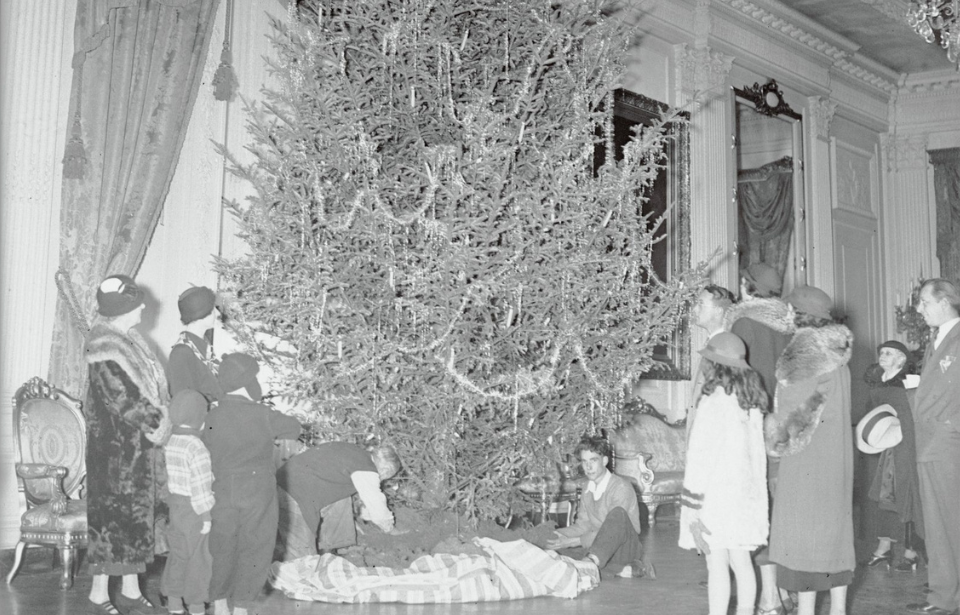Christmas at the White House is a big deal. The Washington D.C. website states that it takes 400 staff members to decorate the various rooms, taking up much of December.
Over the years, various traditions have cropped up that have been honored (sometimes slightly amended) by subsequent presidents. Many of these are Christmas traditions, but there are a few others, such as the Big Block of Cheese Day and the pardoning of turkeys, that happen during the rest of the year.
Read on to learn about some of our favorites!
The US President’s Pardoning of a Thanksgiving Turkey
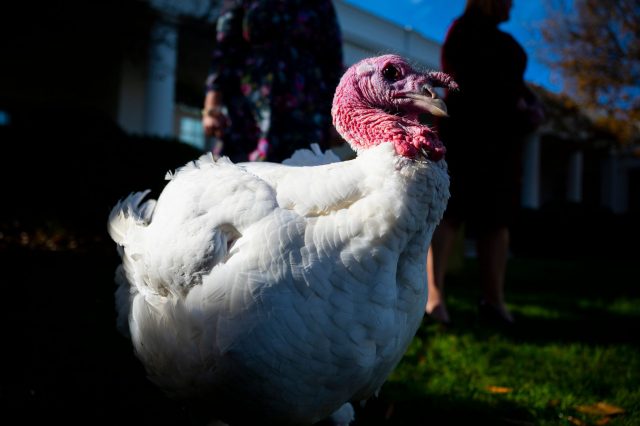
Gifting the president with a turkey can be traced back to the 1870s when a Rhode Island poultry dealer sent some of his best birds to the White House, a move that gained him widespread publicity.
From 1914 onwards, the idea of giving a turkey as a gift to the White House became popular. The White House history website notes how “a Harding Girls Club in Chicago outfitted a turkey as a flying ace, complete with goggles… The turkey gifts had become established as a national symbol of good cheer.”
There doesn’t seem to be a specific date when pardoning turkeys became an official event. Some state it began with Harry S. Truman, but The White House History website suggests that this suggestion comes about because Truman’s government had encouraged “poultryless Thursdays” in 1947, a policy that received criticism from poultry businesses when it was pointed out that Thanksgiving, Christmas, and New Year’s Day all fell on a Thursday that year. The presentation of a turkey to Truman was a political move by the poultry industry.
President Kennedy’s comment of “Let’s keep him going” when presented with a turkey led to suggestions that his turkey had been pardoned. During his term as president, Nixon pardoned a few but ate others. During Carter’s administration, the First Lady arranged to have the turkeys sent to a petting zoo, but there was no official ceremony.
The first recorded turkey pardon was from Ronald Reagan, who started sending turkeys to farms and zoos around 1982. It was George W. Bush who made the turkey pardon a formal Thanksgiving event.
The White House Christmas Trees ”“ Inside and Outside
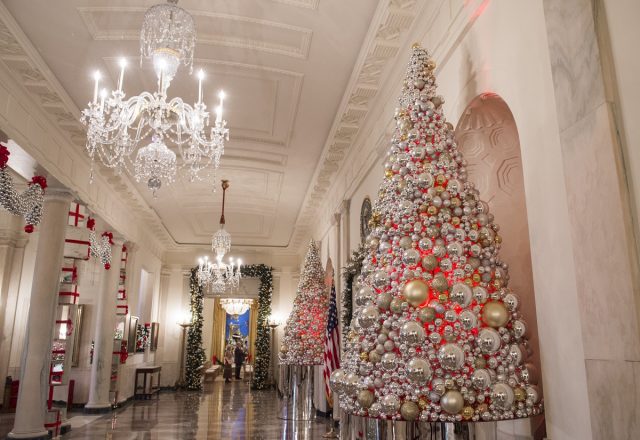
The first Christmas tree to appear in the White House was put up in 1889. It was in the Second Floor Oval Room, the private family and parlor, and was decorated with candles and toys.
Electricity was installed in the White House in 1891, and in 1894, the Christmas tree was lit with electrical lights.
William H. Taft was the first president to have a Christmas tree in the public portion of the White House. Before that, they’d been in the private section for the family to enjoy. The Taft family chose the Blue Room as the best spot for the tree, and this room has often been the location for the official presidential family photo.
In 1923, Calvin Coolidge took the idea a step further and created the National Christmas Tree tradition. Located outside the White House in the Ellipse, the first lighting of the National Christmas Tree was accompanied by choral music.
There is a competition to see which tree gets to be the National Christmas Tree
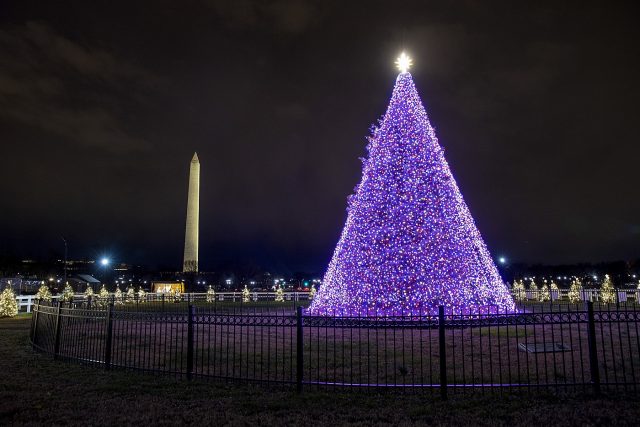
Obviously, as one of the most photographed trees in the United States, the National Christmas Tree has to be a perfect specimen. Consequently, the National Christmas Tree Association has held a competition since 1966 to decide which tree should be used.
There are state and regional competitions to win first place, and the overall winner is named National Grand Champion.
Theodore Roosevelt Didn’t Follow The Christmas Tree Tradition
While Christmas trees are standard today, they weren’t always a traditional part of living in the White House. According to the White House history website, whether a tree was put up depended on: “the presence of young children or grandchildren; if the first families were in residence at the White House during the holiday; or if the family traditionally celebrated Christmas with a tree.”
Some sources suggest that Theodore Roosevelt didn’t want to cut down a tree for environmental reasons; others suggest that his family just didn’t celebrate Christmas in a traditional way.
However, in 1902, Archie Roosevelt snuck a Christmas tree into the house and hid it upstairs in a closet so he could decorate it and present it to the family.
Easter Egg Roll
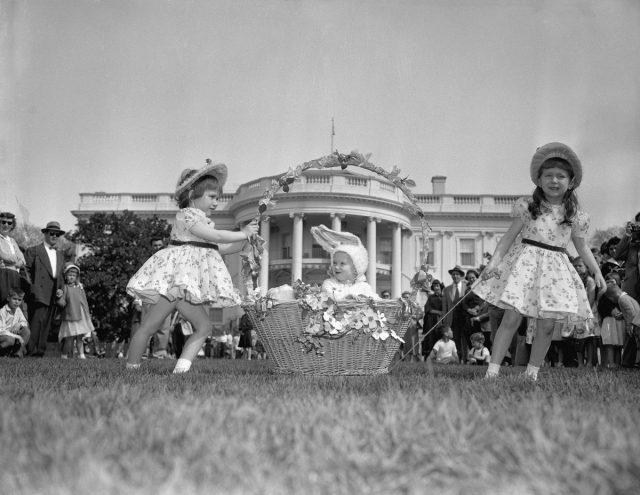
Another competition associated with the White House is the Easter Egg Roll. While egg rolling is a custom that has been around in England for hundreds of years, records indicate that the first egg-rolling competition at the White House was held by Dolley Madison in 1814. She invited local children to bring eggs they’d decorated and join in various games.
Until 1877, the practice took place on the Capitol lawn but then legislation was passed prohibiting public access, so the tradition shifted to the South Lawn.
Various presidents have put their mark on the tradition. In 1889, Benjamin Harrison ordered that music should be provided by the United States Marine Band. In 1885, Grover Cleveland was so charmed to meet the youngsters in the East Room that an “egg roll reception” became part of the tradition.
In 1981, Ronald and Nancy Reagan held an egg hunt where the children looked for wooden eggs with the signatures of famous people. Since then, wooden eggs have become a keepsake of the event.
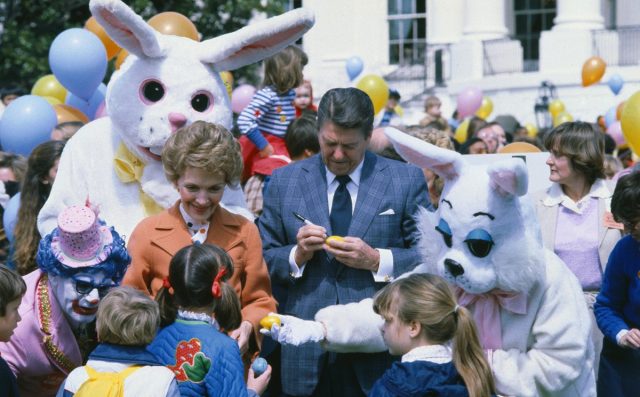
Bettmann / Contributor / Getty Images)
Sometimes, the event has gad to be canceled. Reasons for cancellation ranged from Covid-19 or inclement weather to food shortages during the wars.
There is a National Menorah Outside The White House
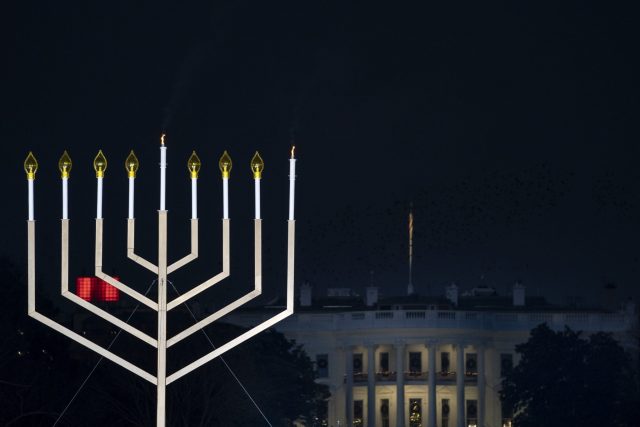
Calvin Coolidge lit the first National Christmas Tree to mark the end of WWII and the Korean War. This was the first of a month-long celebration called the Pageant of Peace that now includes miniature Christmas trees and Santa’s grottos.
In 1979, Jimmy Carter officially recognized the Jewish holiday of Hanukkah. As a result, the Menorah is now lit as part of the Christmas Pageant of Peace.
The Pageant has been held annually since 1954 when the devastation of WWII and the Korean War was still fresh in the mind of Americans. It initially featured carols, band music, and a life-sized nativity. Since then, it has included concerts, extra trees, a petting zoo, and exhibits. Nearly half a million visitors are drawn to the Mall each year to see it.
A Chocolate White House Has Been On Display For Decades
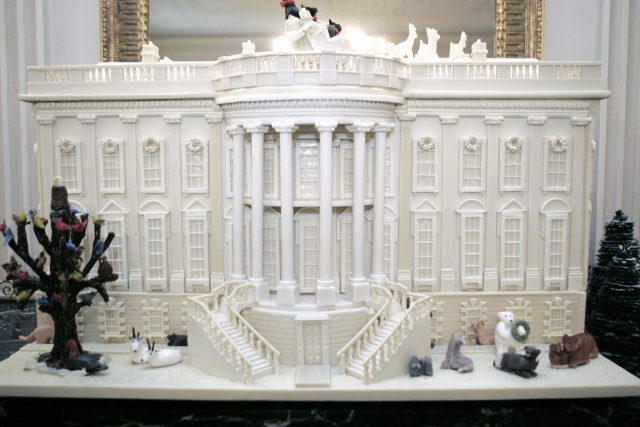
Since the 1960s, it has become a tradition for a chocolate replica of the White House to be created and put on display. It can weigh up to 300 pounds and take several months to complete. Once it’s ready, it’s displayed in the State Dining Room.
Big Block of Cheese Day
Continuing with the theme of food, the Big Block of Cheese Day is a mixture of both fact and fiction.
In February 1837, Andrew Jackson was given a 1,400-pound wheel of cheese. He couldn’t possibly eat all of it, even with the help of his staff, so he threw open the doors of the White House to allow people to come and get some for themselves.
This real historical event was referenced in the fictional NBC drama series The West Wing. In one episode, chief of staff Leo McGarry relates how a big piece of cheese was put in the foyer for anyone to help themselves. The idea was that people discussed important issues with White House staff while the cheese was sliced up. McGarry uses this event to justify asking “senior staff to have face-to-face meetings with those people representing organizations who have a difficult time getting our attention.”
The White House has poked fun at the tradition and yet it continues.
While McGarry’s sentiments are honorable, provoking debate was never Jackson’s intention. He merely wanted rid of the cheese. But in the same way that history can inspire fiction, fiction can inspire history, and Barack Obama’s administration decided that The West Wing‘s idea was actually a good one.
With its tongue firmly in its cheek, the White House described Big Block of Cheese Day as “a gouda idea.” In January 2014 and 2015, the White House held an online event where members of the administration took to social media to answer questions about the State of the Union address and other issues.
A Children’s Party with an Indoor Snowball Fight
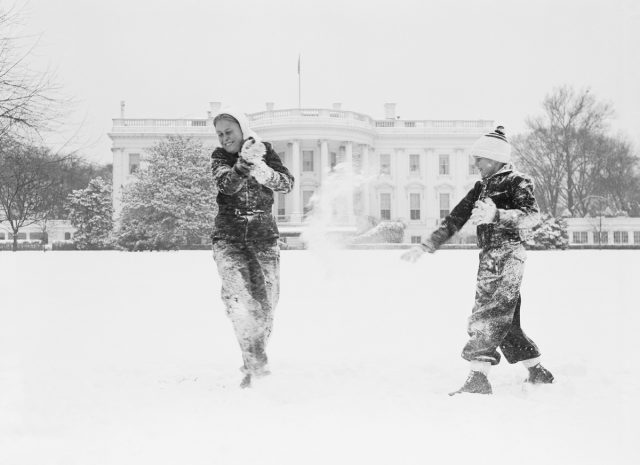
As noted above, only some presidents had Christmas trees, but many of them liked to indulge in Christmas parties. In 1834, Andrew Jackson hosted a party for children and grandchildren. Entertainments included games, dancing, and a grand dinner.
One of the games was particularly memorable: an indoor snowball fight using specially fashioned cotton balls. Sadly, this event was never repeated, even though those specially made balls are probably stored somewhere in the White House…
In 1903, Theodore Roosevelt held a carnival for 500 children. It featured dinner, dancing, souvenirs, and Santa-shaped ice cream.
Franklin D. Roosevelt always read A Christmas Carol
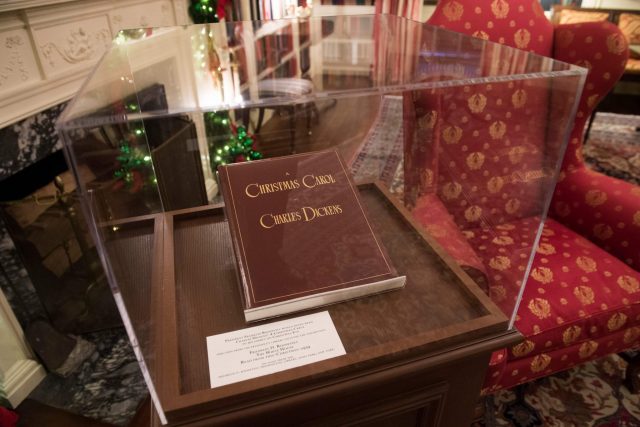
Alonzo Fields, who was the maître d’ and butler at the White House for 21 years, wrote about Christmas traditions with the Roosevelts: “They always braved the hazards of a fire by having a Christmas tree lighted with candles in the East Hall.”
“The family tradition included the reading of Charles Dickens’s Christmas Carol by the president. The gathering of the family with the President and Mrs. Roosevelt, the president’s mother, the children, and grandchildren made a comely family group of four generations,” Fields added.
More From Us: A brief history of the White House Easter Egg Roll
While Roosevelt’s personal family tradition may not be a guaranteed tradition carried out by every U.S. President, it struck enough of a chord in American history that a copy of the book that belonged to the former President is now on display in the Library of the White House during the holiday season.
